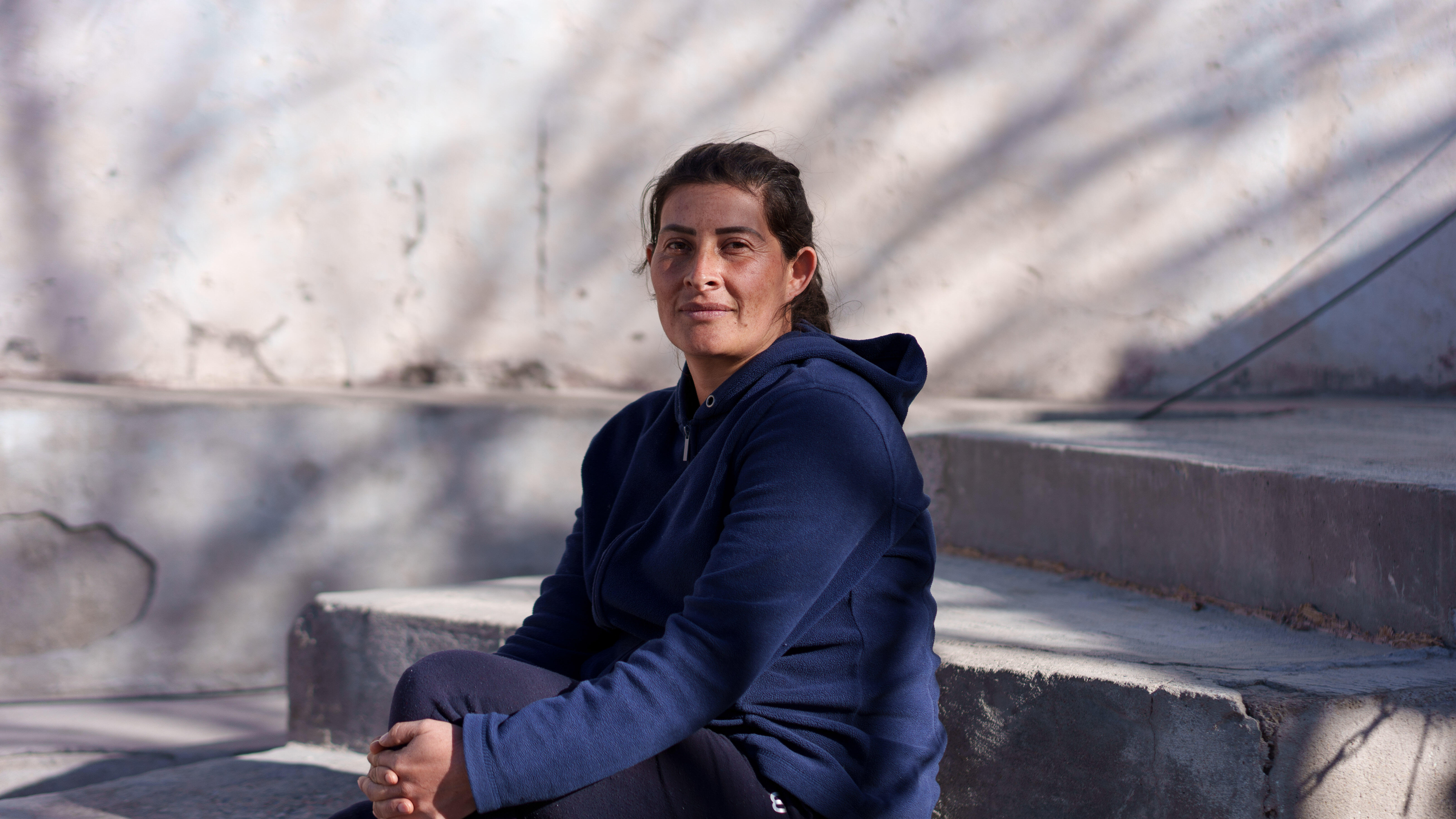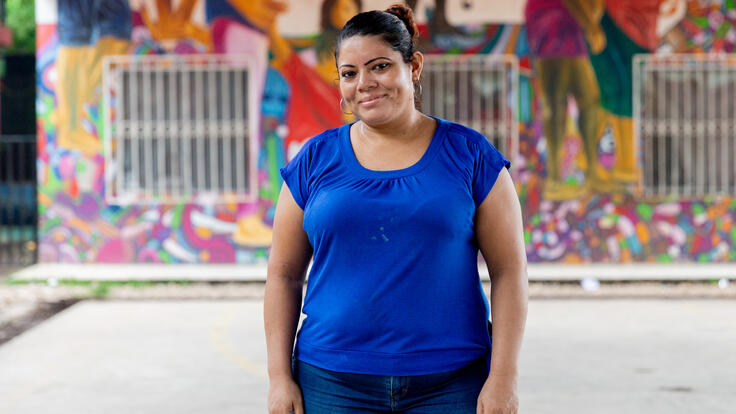Asylum seekers stranded in southern Mexico
- The IRC is deeply concerned by the surge in humanitarian needs in southern Mexico due to record numbers of asylum seekers.
- Locals and displaced individuals near Guatemala's border face danger from rising violence and criminal group conflicts.
- In northern Mexico, stranded asylum seekers desperately seek information on safely entering the US.
Country facts
- Population: 130 million
- Rank in Human Development Index: 74 of 189
IRC response
- Started working in Mexico: 2019
As violence across Mexico and the Northern Triangle region of Central America increases, families continue to cross the U.S. border in search of safety. U.S policy has exacerbated their plight, neglecting to put systems in place that ensure safety and advise families of critical next steps in the immigration process. The IRC is partnering with local organizations to provide emergency support to families on Mexico’s northern border, but more funding is urgently needed.
Mexico has long been plagued by violence from drug cartels and gangs; 2018 was the nation’s deadliest year, with a record-breaking 33,000+ homicides. Similar situations can be seen in some of Mexico’s neighbours, where war-zone levels of violence are displacing hundreds of thousands a year. Hundreds of Mexicans, Central Americans from El Salvador, Guatemala and Honduras, and people of other nationalities flee to the U.S. border each day in search of safety. Forty percent are families and children, and that number continues to increase.
U.S. policy changes, including limits on the number of people able to apply for asylum each day, mean an increasing number of people are stuck in Mexican border towns, where services are limited, while others are being forcibly returned under the so-called “Remain in Mexico” policy.
Services in border towns are limited, and those that do exist are overwhelmed. Shelters are often operating at well over their capacity and supporting people for over a month, when they were designed to house people for just three days. The lack of services is putting already vulnerable women and children at particular risk.
Children are reported to be at risk of sexual abuse, gang recruitment and violence, and women are vulnerable targets of criminal gangs engaging in human trafficking. An IRC survey across four shelters on the northern border found an unusually high number of families citing safety and protection from violence and gangs as priority concerns.
The IRC’s mission is to help people whose lives and livelihoods are shattered by conflict and disaster to survive, recover and gain control of their future.
The IRC is supporting local partners in Mexico to aid migrants and asylum seekers stuck in border towns. We are supporting programmes that work with women and girls who have experienced violence by increasing access to services such as medical care.
As violence continues to plague Mexico and border towns specifically, the IRC’s work is more critical than ever. We pledge to put the needs of those most affected by the crisis at the forefront of our efforts and to achieve measurable improvements.
The IRC continues to assess the impact and plan to scale up our response at the border, but more funding is urgently needed. It is critical for international donors to make emergency funding available to shore up a response commensurate with the needs of this crisis.
Learn more about the IRC's response on both sides of the U.S.-Mexico border.


